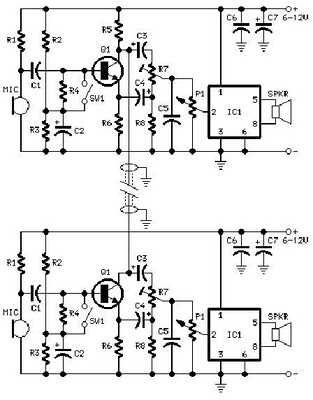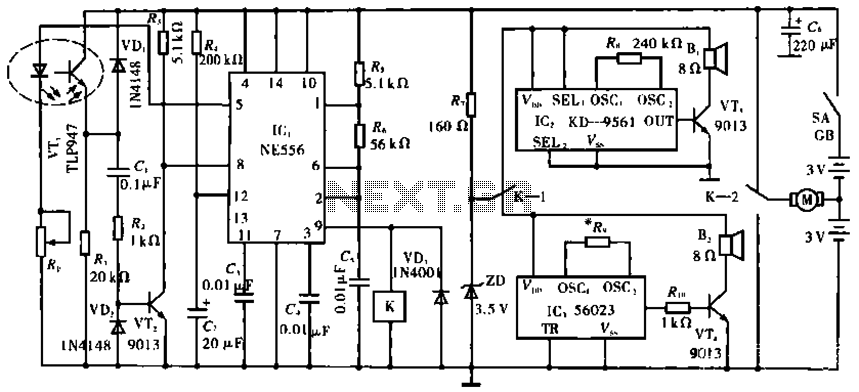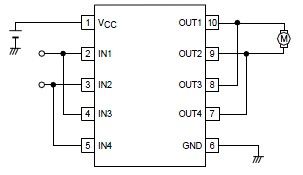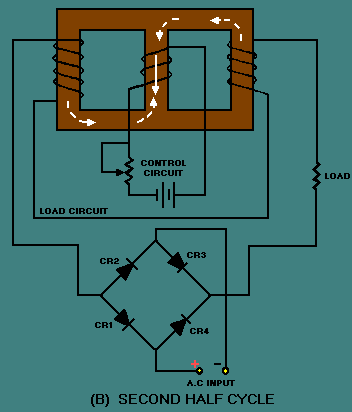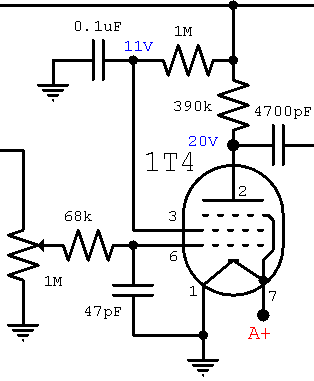
capacitor values for non inverting op amp circuit
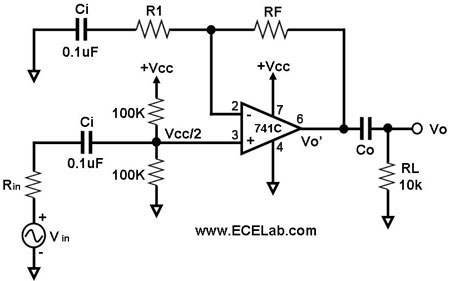
All the capacitors are present to block DC signals; however, the values of capacitance are crucial, and it is necessary to determine the value of Co. Rin denotes the source resistance, which is not an integral part of the amplifier circuit but interacts with the input coupling capacitor. Vin is sourced from a microphone, and its nominal output impedance is known. According to a data sheet, Rin should be replaced with that value when simulating the circuit.
Capacitors in amplifier circuits serve the primary function of blocking direct current (DC) while allowing alternating current (AC) signals to pass through. The capacitance values play a significant role in defining the frequency response and stability of the circuit. The coupling capacitors, particularly, are critical as they connect the input signal from the microphone to the amplifier, ensuring that only the AC component of the signal is amplified.
To determine the value of Co, one must consider the desired frequency response of the amplifier. This involves calculating the reactance of the capacitor at the operating frequency using the formula \(X_c = \frac{1}{2\pi f C}\), where \(X_c\) is the capacitive reactance, \(f\) is the frequency, and \(C\) is the capacitance. The choice of Co also affects the low-frequency cutoff of the amplifier, which can be calculated using the formula \(f_c = \frac{1}{2\pi R_{in} C}\), where \(R_{in}\) represents the input resistance seen by the capacitor.
Rin, while not a part of the amplifier circuit itself, is essential for understanding the interaction between the input coupling capacitor and the source impedance. This interaction can influence the overall gain and bandwidth of the amplifier. When simulating the circuit, replacing Rin with the value obtained from the microphone’s data sheet ensures that the simulation reflects the actual performance of the circuit. This practice allows for more accurate predictions of how the circuit will behave under real-world conditions, particularly concerning the input signal's impedance characteristics.
In summary, the selection of capacitance values is paramount in the design and simulation of amplifier circuits, influencing both the frequency response and the interaction with source impedances. Proper analysis and simulation based on the provided specifications can lead to improved circuit performance and reliability.All the capacitors are there to just block DC, but how important are the capacitance values and how does one determine the value of Co. Rin represents the source resistance it`s not actually part of the amplifier circuit however, it does interact with the input coupling capacitor.
I`ll update my answer. Vin is from a microphone and I know its nominal output impedance from a data sheet, I should replace Rin with that value if simulating the circuit learnvst Oct 31 `12 at 14:53 🔗 External reference
Capacitors in amplifier circuits serve the primary function of blocking direct current (DC) while allowing alternating current (AC) signals to pass through. The capacitance values play a significant role in defining the frequency response and stability of the circuit. The coupling capacitors, particularly, are critical as they connect the input signal from the microphone to the amplifier, ensuring that only the AC component of the signal is amplified.
To determine the value of Co, one must consider the desired frequency response of the amplifier. This involves calculating the reactance of the capacitor at the operating frequency using the formula \(X_c = \frac{1}{2\pi f C}\), where \(X_c\) is the capacitive reactance, \(f\) is the frequency, and \(C\) is the capacitance. The choice of Co also affects the low-frequency cutoff of the amplifier, which can be calculated using the formula \(f_c = \frac{1}{2\pi R_{in} C}\), where \(R_{in}\) represents the input resistance seen by the capacitor.
Rin, while not a part of the amplifier circuit itself, is essential for understanding the interaction between the input coupling capacitor and the source impedance. This interaction can influence the overall gain and bandwidth of the amplifier. When simulating the circuit, replacing Rin with the value obtained from the microphone’s data sheet ensures that the simulation reflects the actual performance of the circuit. This practice allows for more accurate predictions of how the circuit will behave under real-world conditions, particularly concerning the input signal's impedance characteristics.
In summary, the selection of capacitance values is paramount in the design and simulation of amplifier circuits, influencing both the frequency response and the interaction with source impedances. Proper analysis and simulation based on the provided specifications can lead to improved circuit performance and reliability.All the capacitors are there to just block DC, but how important are the capacitance values and how does one determine the value of Co. Rin represents the source resistance it`s not actually part of the amplifier circuit however, it does interact with the input coupling capacitor.
I`ll update my answer. Vin is from a microphone and I know its nominal output impedance from a data sheet, I should replace Rin with that value if simulating the circuit learnvst Oct 31 `12 at 14:53 🔗 External reference
